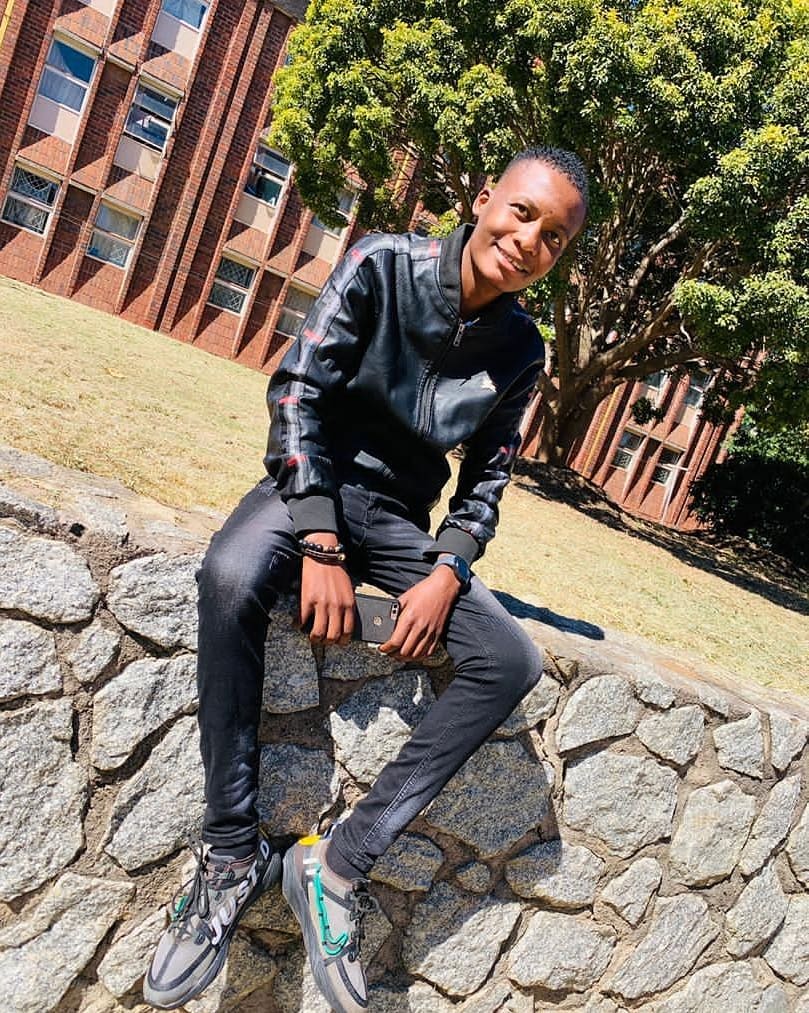The apartheid system of governance in South Africa was as pathetic as what it sought to achieve. It sought to establish the institution of race with a specific bias towards white supremacy. Now regarded as a crime against humanity under the 2002 Roman Statute of the International Criminal Court, the apartheid system was a legal emancipation of racial bigotries. It was coupled with an overt and covert physical suppression and oppression of the black majority in South Africa. Apartheid was facilitated by laws and policy frameworks that placed the white people above the black majority through the principle of separate development. The apartheid system was first announced by the National Party in 1948 only to be abolished in 1994 at Independence. Today, we carry out a recap of some of the horrendous atrocities that the black majority were subjected to during the apartheid system.
The 1960 Sharpeville massacre
On 21 March, 1960 at a police station in the then Transvaal Province of the then Union of South Africa, the police embarked on a killing expedition of the ‘demonstrating natives’. The police were armed with Sten submachine guns and Lee-Enfield rifles against a 7000 mass of demonstrators alleging that they were behaving in an irresponsible manner. The South African Police shot at a peaceful advancing demonstration killing and injuring 249 victims consisting of juveniles and adolescents. On tallying the number of the 69 corpses, it was established that 10 of these were children while 8 were women. Some were left paralysed since the police continued firing the fleeing mass and the victims of the Sharpeville massacre were buried en masse.
The Sharpeville incident attracted widespread backlash in the international community, but its aftermath proved otherwise. The perpetrators of the massacre remained unrepentant and feigned ignorance as to who had made firing instructions. Justifying the firing, Lieutenant Colonel Pienaar, the commanding officer of the police reinforcements at Sharpeville said in a statement “…the native mentality does not allow them to gather for a peaceful demonstration. For them, to gather means violence”. Since 1994, 21 March has been commemorated as Human Rights Day in South Africa.
The 1977 Soweto uprising
The response to the Soweto uprising stands out as one of the most grievous atrocities ever to be subjected on children and students in the continent’s colonial history. Following the apartheid regime’s pronouncement that Afrikaans and English had become the mandatory mode of instruction in all black majority schools, there was massive rage and despondency on the students. To think of a minority language being practically imposed on the students did not augur well with the students. They preferred their indigenous Zulu language. In a show of disapproval, over 20000 students across South Africa fraternised and engaged in a series of uprisings that spurned over 3 days. The black school children went all out in the streets of Soweto, registering their disenchantment but in response, they were met with fierce police brutality.
The South African Police applied brute force, firing live bullets on the harmless school children and it is estimated that 176 school children were killed in the process. This estimate is however vehemently disputed as a deliberate distortion of the actual statistics in order to reduce the gravity of massacre. Numbers totalling 600-700 have been put forward to suggest the actual total of the child corpses that were strewn all over the streets of Soweto. The Soweto uprising signalled a death knell on the apartheid system as millions of people across the globe were alarmed by the child riots and the ensuing police brutality. International coverage of the uprising, especially a photo captured by photojournalist Sam Nzima featuring little Hector Pieterson’s dead body, brought down massive outrage and international criticism of the system. In order to pay homage to the brave school children that played a role in paving the way for the abolishment of the system of racial separatism, 16 June is now a public holiday in South Africa known as the Youth Day.
State sponsored torture
The apartheid regime was also notorious for its state sponsored torture and systemic disappearances. One of the most prominent figures who became a victim of torture in police cells was student activist Bantu Steve Biko who succumbed to brain injury following beatings by security officials in police custody. Some of the students and activists who fled during the Soweto uprising were forced to be immigrants in Nigeria in fear of state funded disappearances. Mbuyisa Makhubu ,the activist who featured in a photo holding the corpse of 11 year old Pieterson is still no where to be found. He is said to have fled to Nigeria in fear of the apartheid government’s reprisal. However, his mother last heard of him in 1978 following a letter he wrote to her while studying medicine in Nigeria. Could it be that Mbuyisa is still alive somewhere laying low or he was forced into a silent grave by apparatus of the apartheid regime?

Munashe O'brian Gutu
A pan-African son of the soil with a vision to impart and unravel the rich African history. Penning Afro-centric perspectives to de-mystify long-standing propagandist biases. Africa rise!
follow me :
Leave a Comment
Sign in or become a Africa Rebirth. Unearthing Africa’s Past. Empowering Its Future member to join the conversation.
Just enter your email below to get a log in link.


Related News
Congo’s Unfinished Revolution: Patrice Lumumba and the Struggle for Sovereignty
Jun 01, 2025
When Oil Was Worth More Than Lives: Britain’s Role in the Biafran War
May 31, 2025
How Mozambique Broke Free from 500 Years of Portuguese Rule
May 30, 2025